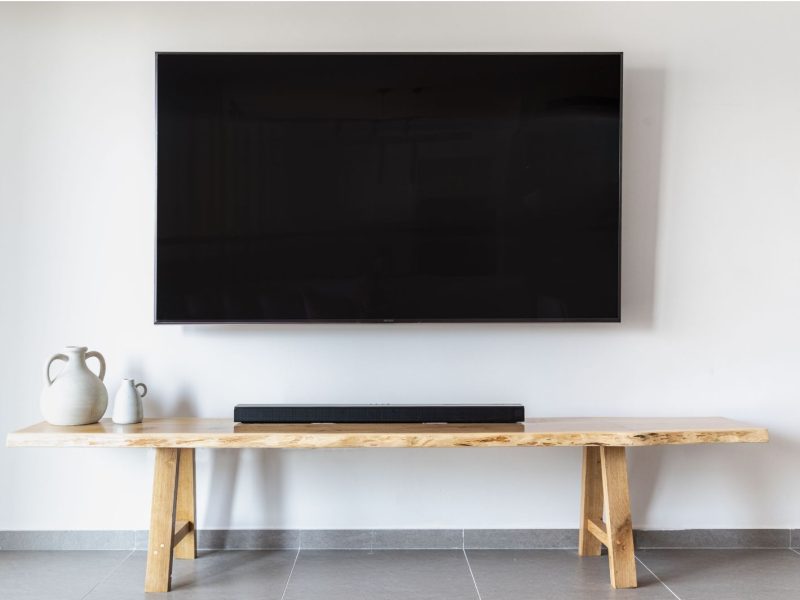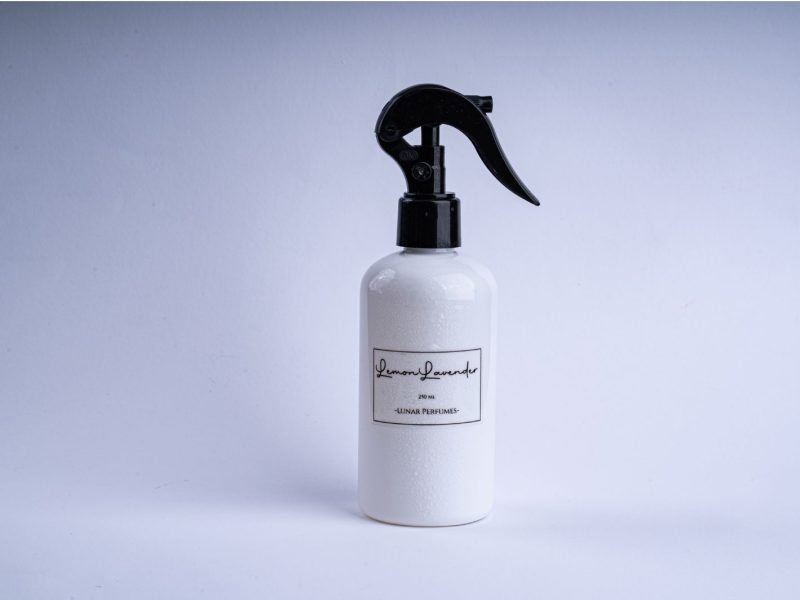When it comes to safety on the job, visibility isn’t just a bonus-it’s a necessity. A high visibility vest can keep countless workers safe in diverse environments.
But not all hi-vis vests are created equal. The right choice can be the difference between blending in and standing out in critical moments.
Buckle up as we guide you through the vibrant world of reflective gear, ensuring you stay seen, safe, and stylish, no matter where your job takes you. Ready to get started?
Let’s begin!
Table of Contents
Understanding Safety Standards and Certifications
ANSI standards and ISEA have developed a set of criteria outlining the performance specifications for high visibility safety apparel, known as ANSI/ISEA 107. This is widely adopted by many industries and organizations to ensure worker safety.
There are three classes of hi-vis vests, each with specific requirements for background fabric, retroreflective tape, and fluorescent color.
Class 1 Vests
These vests are meant for workers in low-risk environments with clear separation from traffic. They include:
- parking attendants
- delivery drivers
- warehouse workers
Class 2 Vests
Designed for moderate-risk environments with speeds under 50 mph. They are recommended for:
- construction workers
- surveyors
- emergency responders
Class 3 Vests
This is the highest level of protection, meant for workers in high-risk environments with traffic exceeding 50 mph. They are ideal for:
- highway workers
- tow truck drivers
- railroad workers
Beyond these classes, companies seeking additional customization for team identity or specific safety messages should explore a site for custom reflective jackets. This allows for compliance with safety regulations and the opportunity to enhance brand visibility.
Assessing the Work Environment
Evaluating your work setting is essential to selecting the appropriate high visibility vest. Consider factors like:
- traffic speed
- equipment used
- worker proximity
Forested or dark areas require more reflective material. Also, think about the weather conditions. Heavy rain, fog, or snow may necessitate waterproof or thermal vests.
Finally, assess the workday’s duration in low light to ensure continuous visibility. This will ensure job site safety and reduce accidents or collisions.
Choosing the Right Material and Breathability
Opt for lightweight fabrics that allow airflow to keep you cool on hot days. For colder climates, consider materials that provide insulation but also wick away moisture.
Durability is key, so choose safety vests that resist wear and tear. Additionally, choose a material that is easy to clean and maintain for long-lasting use.
Fit and Comfort
A well-fitting hi-vis vest should be snug but not restrictive. Ensure the sizing allows for layering in colder months. Also, consider features like adjustable straps or elastic bands for a secure yet comfortable fit.
Remember, you’ll be wearing this vest for hours at a time, so comfort is crucial to productivity and safety.
Additional Features to Consider
Another important consideration is whether the vest has breakaway features in case of entanglement hazards. This will prevent serious injury and allow for quick removal during emergencies.
Plus, pockets and other storage options can come in handy for carrying tools or equipment on the job.
Tips for Choosing the Best High Visibility Vest
Choosing the right high visibility vest is more than a safety requirement. It’s an investment in your well-being on the job. We hope this guide helps you find the perfect reflective gear for your needs.
Remember, staying visible means staying safe. Don’t wait until it’s too late. Review your work environment and select a vest that stands out as much as you do. Stay safe and be seen.
Did you find this article helpful? Check out the rest of our blog now!



